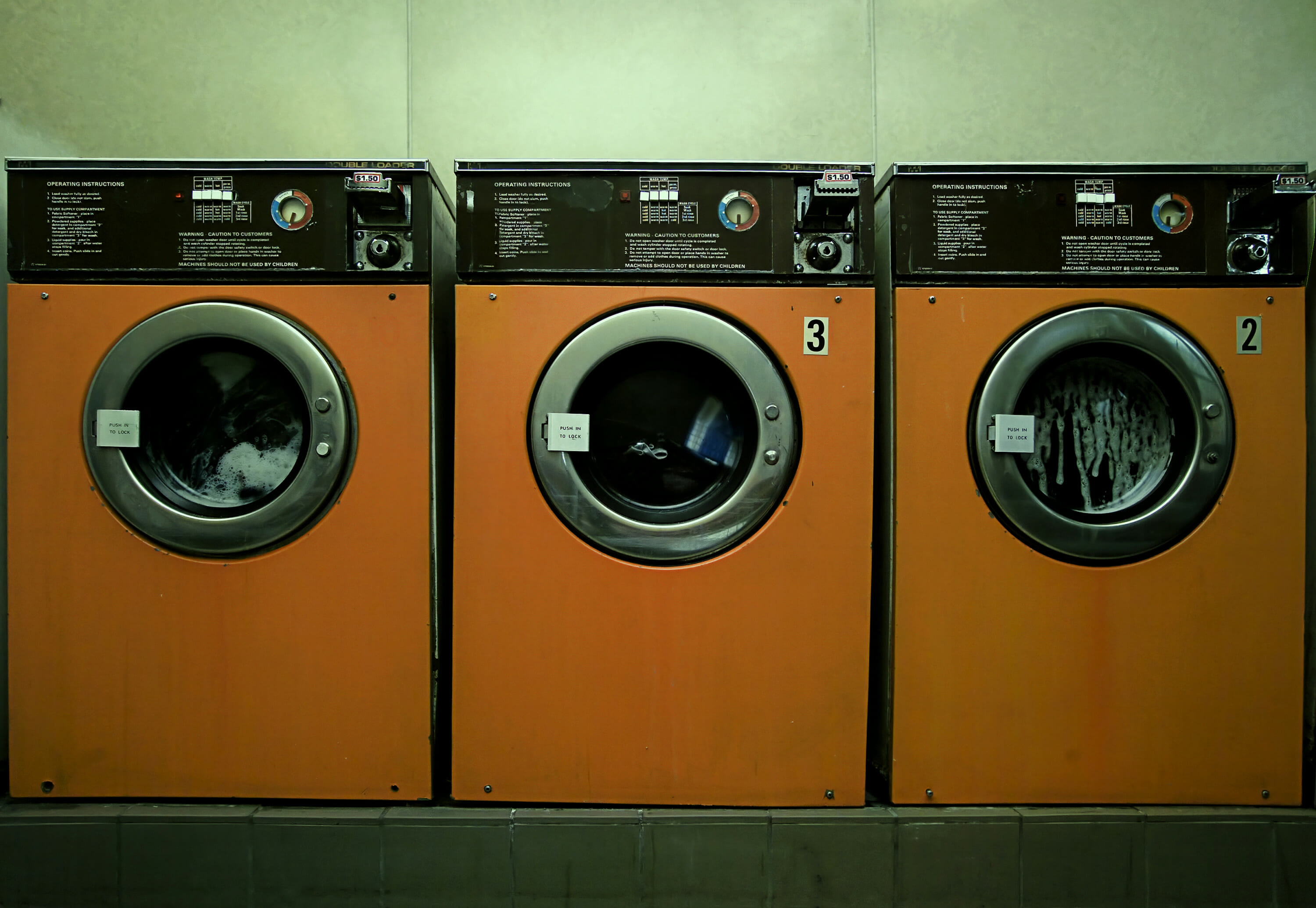When you’re thinking of adding a laundry room to your property, there are other things to consider beyond startup and operating costs. If you’re still wondering exactly what you’re getting into, ask yourself the six questions below, which will help guide your decision-making.
How Many Washers and Dryers Do You Need?
Some properties can get by with one washer and dryer. But depending on the size of your building and the types of tenants living there, you may need additional appliances to make the facility available and accessible.
The Multi-Housing Laundry Association’s Laundry Guide gives estimates for how many appliances you’ll need based on the number of units in your building and the demographics of your tenants. For example, one washer and dryer will serve every eight to 12 units inhabited by families or 10 to 15 units inhabited by young working adults.
It may make sense to start with one of each and leave room to add a second washer and dryer. But if you add more laundry equipment later, it could impact your infrastructure costs, as we discussed in our last post, because you’ll have to install more plumbing and vents and make additional electrical upgrades.
Should You Rent Instead of Buying Appliances?
Many property owners buy laundry appliances, but some rent or lease equipment from commercial suppliers. Rates vary widely, but it’s easy to pick up the phone and get estimates from nearby suppliers.
Many suppliers offer service contracts, under which they handle maintenance, repairs, and coin collection for you. Which is right for you? It depends on how much supervision you want to take on yourself.
Would eliminating most of the usual hassles justify the cost? Would you like to keep your expenses predictable? Or are you willing to save the money you’d spend on a contract and call on a handyman for regular maintenance and repairs when necessary?
What Should You Charge Per Load?
Operational costs aren’t the only factor. You’ll also have to account for tenants’ alternatives to your on-site laundry room.
For example, are there coin-operated laundromats within walking distance? Find the most expensive place in the neighborhood, as well as the least expensive. What does each charge per load? When you visit each one, preferably at different hours, how busy are they?
An on-site laundry room is much more convenient than a laundromat, but local laundromats’ availability, proximity, and their price points can diminish that advantage. What you charge per load not only should include your costs but also should help pay for your equipment outlays and represent a small premium over what the neighborhood laundromats charge.
How Do You Charge Tenants?
Some managers use coin laundry machines, while others charge a monthly amount for unlimited access. The latter choice may be simpler, but beware—some tenants might take advantage by inviting friends or family over to use your washer and dryer. If you think that’s likely or would rather not experiment, coin-operated appliances are your best option.
An even more convenient payment method that laundromats and some property managers have turned to are laundry card systems. These systems mean tenants no longer have to embark on a search mission when they’re out of quarters.
In an article in The Daily Herald (Chicago), Brian Wallace, president and CEO of the Coin Laundry Association, said that about 15% of the 29,000 laundromats in the U.S. now use systems that accept pre-paid laundry cards or credit cards and debit cards as alternatives to coin-operated systems. Additionally, Cindi Schiefler, vice president of sales at Automatic Coin Laundry of Waltham, Massachusetts, notes that cashless systems are great for security because there is no money on-site to steal.
Today the prices for laundry card systems can run in the tens of thousands of dollars, though, so they’re mostly a great option for larger buildings and communities.
What Will Your Laundry Rules Be?
When will you allow tenants to use the laundry room? Only on certain days or at certain hours of the day, for example, before 9 p.m.? You’ll need to consider the needs of tenants throughout the building and the impact on units adjacent to the laundry facility due to the noise of the appliances and the comings and goings of residents.
Also, it’s possible that tenants may overuse the facility, forget to unload laundry, or otherwise limit access for other residents. Posting clear laundry room rules (crib them from local laundromats) can minimize conflict.
What Will It Take to Maintain It?
Apart from regular repair and maintenance (like cleaning out the dryer vent), remember to keep your laundry facilities clean and attractive. If your equipment is dirty or not running properly, or the room is cluttered or dingy, tenants will abandon it for off-site facilities—and you can say goodbye to that new revenue stream you were banking on.
Read more on Maintenance

